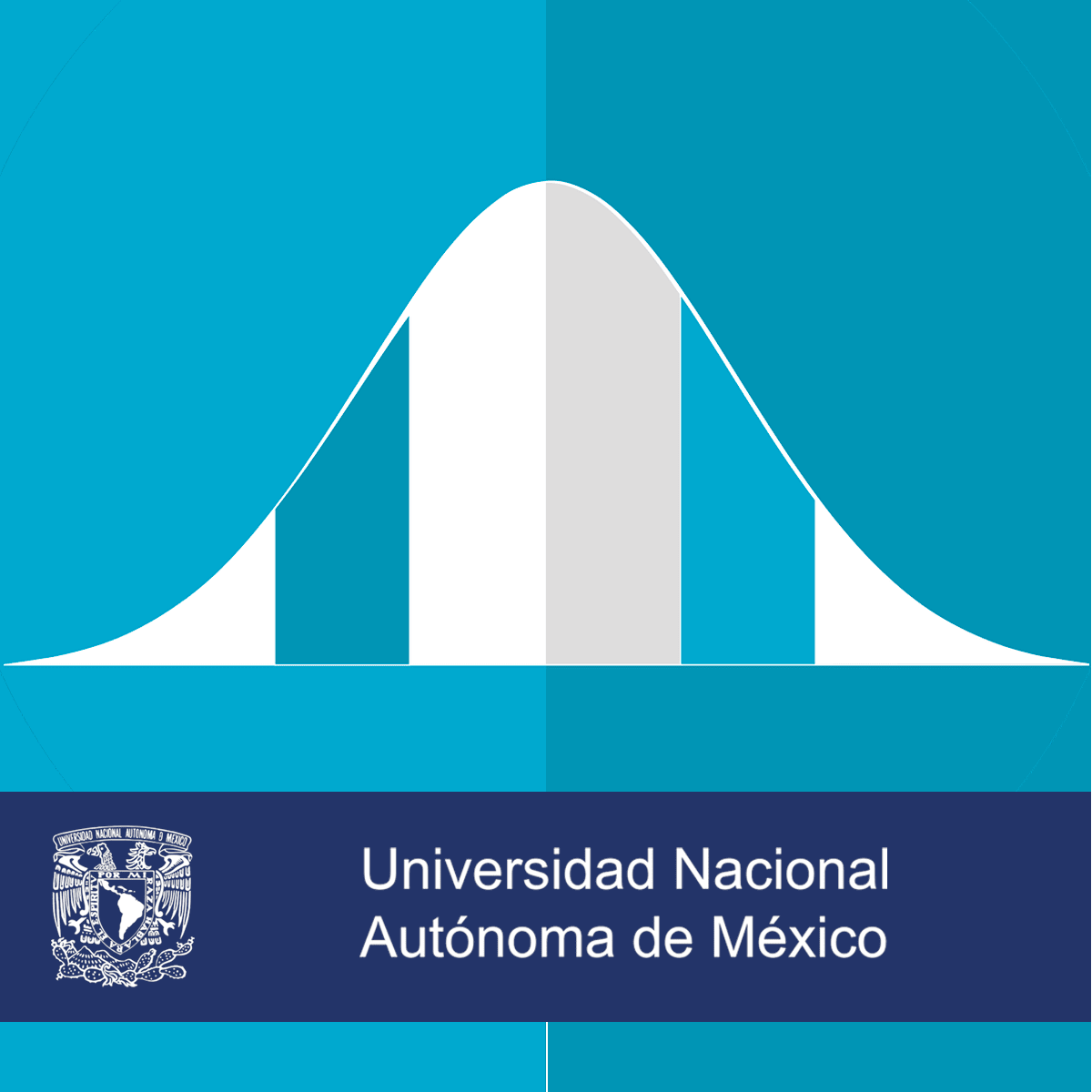
En este curso aprenderás los conceptos y aplicaciones propias de las distribuciones de probabilidad, distribuciones muestrales, estimación por intervalos y pruebas de hipótesis.
Read more
En este curso aprenderás los conceptos y aplicaciones propias de las distribuciones de probabilidad, distribuciones muestrales, estimación por intervalos y pruebas de hipótesis.
En este curso aprenderás los conceptos y aplicaciones propias de las distribuciones de probabilidad, distribuciones muestrales, estimación por intervalos y pruebas de hipótesis.
Si ya estás familiarizado con los fundamentos de la estadística descriptiva, los datos bivariados y principios básicos de probabilidad, este curso viene a complementar perfectamente esos saberes. Si te estás adentrando por primera vez en el universo de la estadística y la probabilidad, te recomendamos ampliamente que realices el curso "estadística y probabilidad", disponible en esta misma plataforma https://www.coursera.org/learn/estadistica-probabilidad/
What's inside
Syllabus
Modelos de probabilidad y sus aplicaciones
Estimadores e introducción a la inferencia estadística
Inferencia estadística
Read more
Syllabus
Good to know
Save this course
Activities
Resumen de conceptos clave
Show steps
Recopilar y organizar materiales del curso, como notas de clase, diapositivas y tareas, para facilitar la revisión y el aprendizaje continuo.
Show steps
-
Recopilar materiales de todos los módulos
-
Organizar el material por tema
-
Resumir los conceptos clave
Show all one activities
Resumen de conceptos clave
Show steps
Recopilar y organizar materiales del curso, como notas de clase, diapositivas y tareas, para facilitar la revisión y el aprendizaje continuo.
Show steps
- Recopilar materiales de todos los módulos
- Organizar el material por tema
- Resumir los conceptos clave
Career center
Data Analyst
Research Scientist
Financial Analyst
Actuary
Biostatistician
Data Scientist
Economist
Market Researcher
Operations Research Analyst
Statistician
Machine Learning Engineer
Data Engineer
Business Analyst
Risk Analyst
Software Engineer
Reading list
Share
Similar courses
OpenCourser helps millions of learners each year. People visit us to learn workspace skills, ace their exams, and nurture their curiosity.
Our extensive catalog contains over 50,000 courses and twice as many books. Browse by search, by topic, or even by career interests. We'll match you to the right resources quickly.
Find this site helpful? Tell a friend about us.
We're supported by our community of learners. When you purchase or subscribe to courses and programs or purchase books, we may earn a commission from our partners.
Your purchases help us maintain our catalog and keep our servers humming without ads.
Thank you for supporting OpenCourser.



